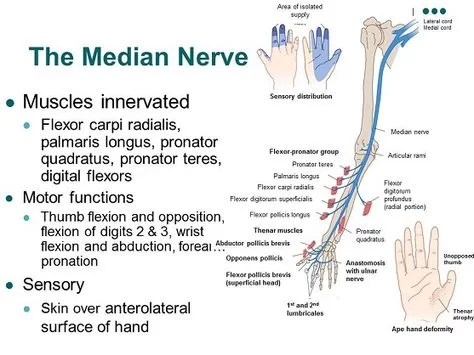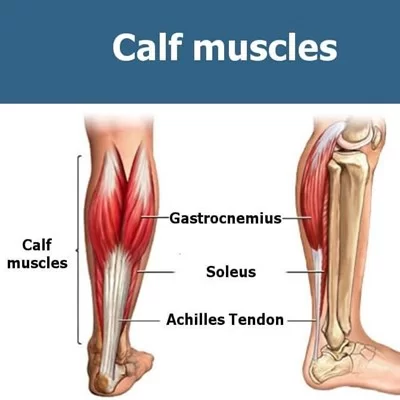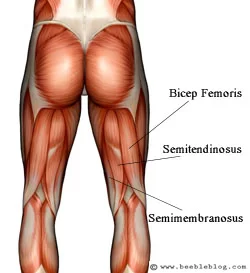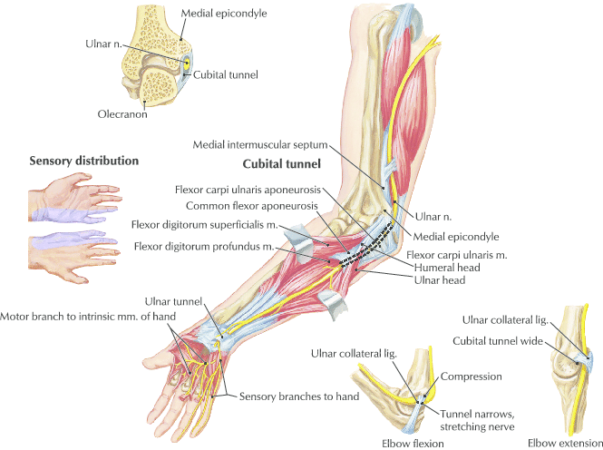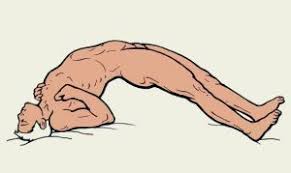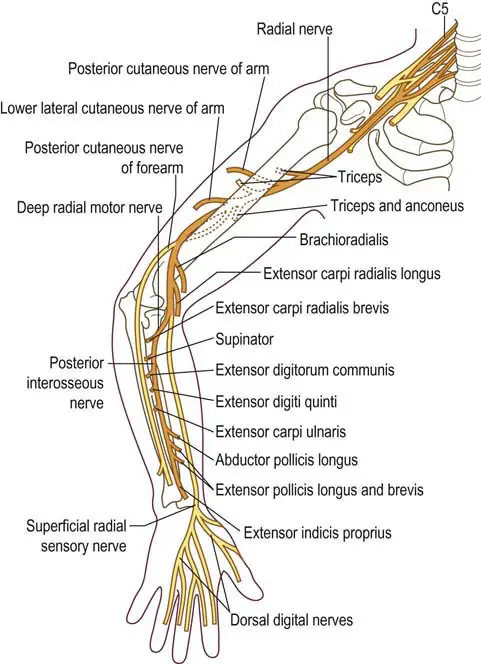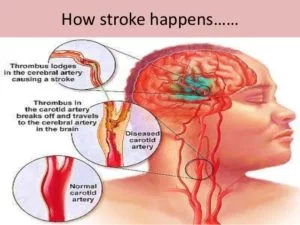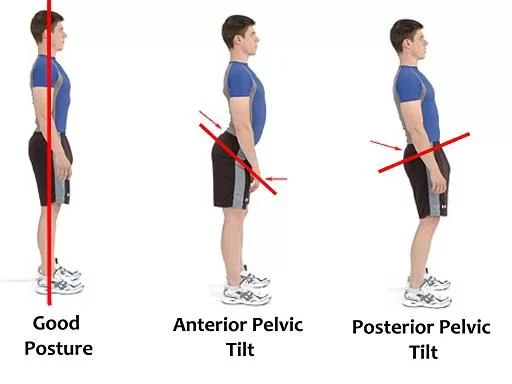Decerebrate Posture: Physiotherapy Treatment
What is Decerebrate posture? Decerebrate posture is an abnormal body posture that involves the arms and legs being held straight out, the toes being pointed downward, and the head and neck being arched backward. The muscles are tightened and held rigidly. This type of posturing usually means there has been severe damage to the brain….


